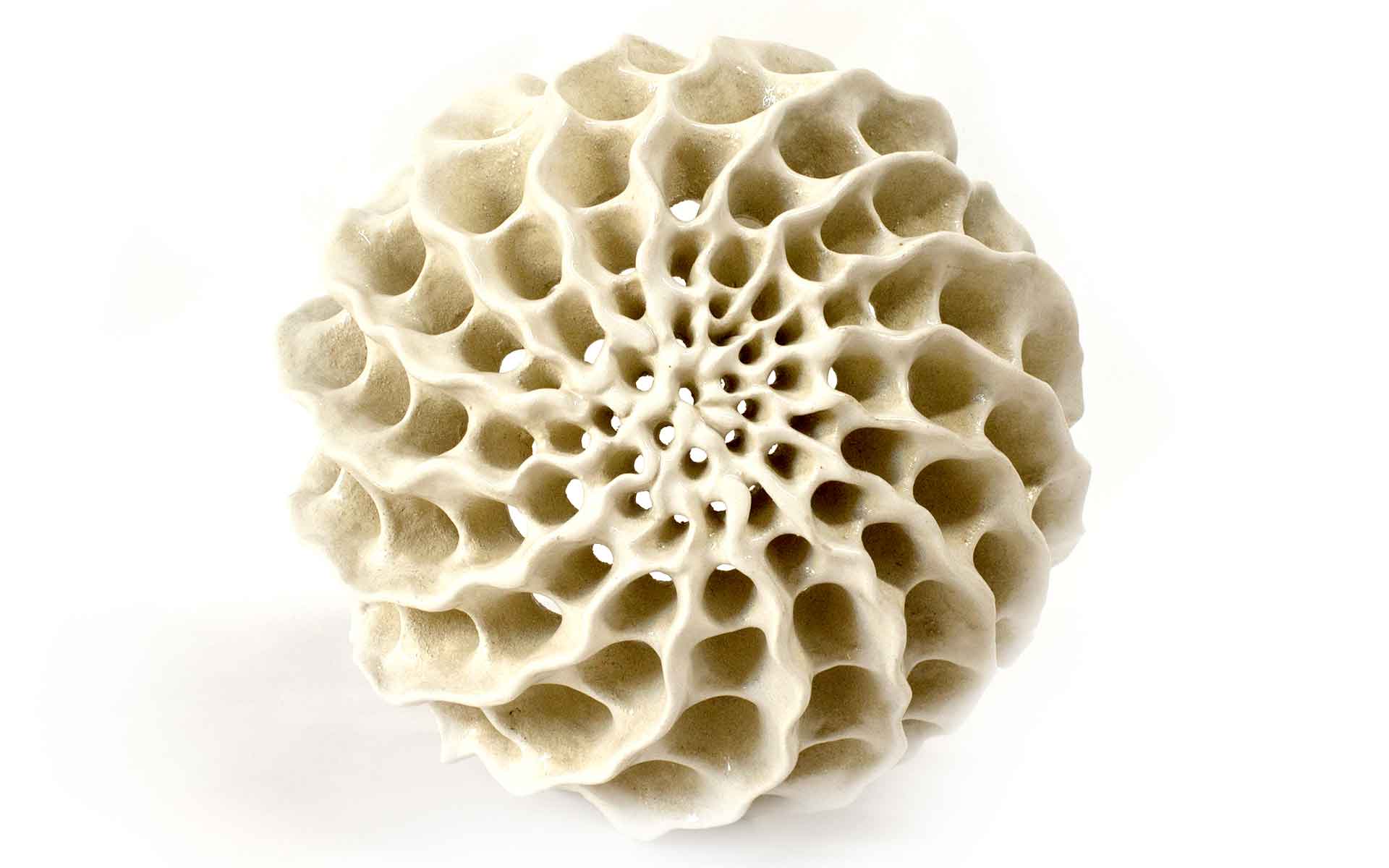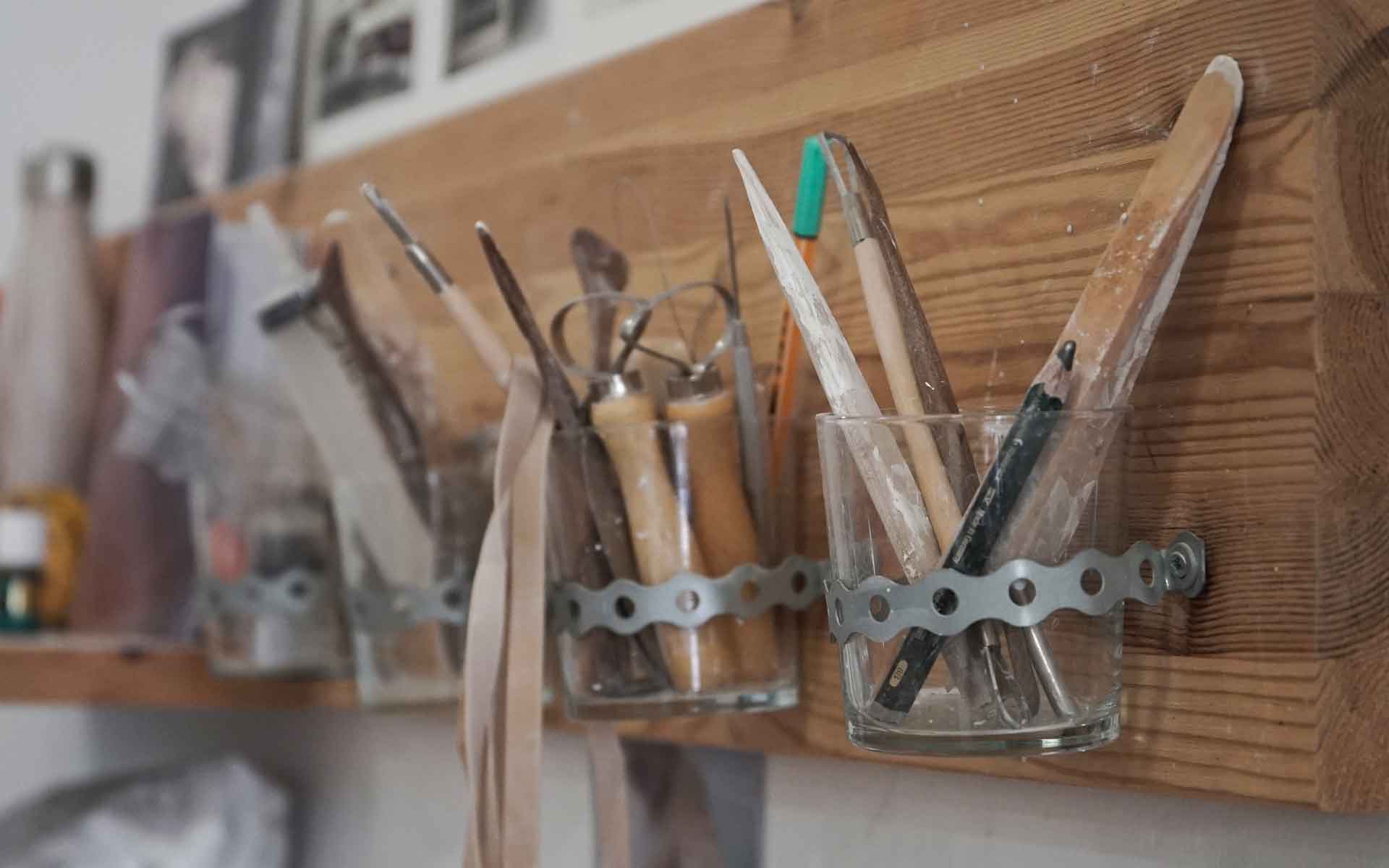
25 Nov Writing about your artwork
Talking and writing about your artwork can seem quite intimidating at times, you feel like you’ve been put on the spot and there’s a lot of pressure to engage your audience. There are several instances where artists need to write about their creativity, process and ideas in order to capture their audience’s attention. If you are entering competitions, applying for funding, grants or residencies, or simply just putting a portfolio together, chances are that there will be some writing involved. Whilst images of artwork tend to dominate a portfolio, for example, how and what you write can tell a story, communicate your message powerfully and persuade readers in different directions. This article explores the important areas that will prompt you to put pen to paper and start recording all the wonderful thoughts and insights into your creative practise, followed by technical writing tips.
Inspiration:
One of the things that artists are asked most often is in regards to their inspiration and influences. And yes, this is a big question that can feel a bit daunting! But the answer can always be simplified in a way that doesn’t confuse or repel our audience, and then we can slowly dig a little deeper into our influences. If you’re writing an artist’s statement, you will definitely touch upon inspiration.
For example, “my ceramics are primarily inspired by colour and how the human eye perceives colours in relation to form and structure.” This sentence is easy to understand and prepares the reader for more detail and context.
Of course, artists often have tonnes of inspiration spanning across different subjects, so don’t be afraid to discuss 3-4 of these themes when writing a general introduction to your work. I like to draw a diagram on paper listing all of the different subjects that inspire me, and then categorise them under headings such as ‘history’, ‘psychology’, ‘spiritual’ etc. Now you will be able to identify the dominant themes that have influenced your creative practise and tackle them individually.
What are you investigating?
When writing about your artwork, try to think of it in terms of an investigation, adopting this mindset helps us to actively mood forward in our creative practise. Artist’s are very natural researchers, often collecting visual and written information that forms as a library of resources and references. What common links of threads do you notice within your investigations? It might be that you are inspired by a particularly broad genre or movement, for example primitive art, this would be one of the fundamental paths of your exploration. As your projects develop, you will start to uncover your own unique ideas that have emerged as a result of deep exploration into your chosen subject, once you have discovered this, try to write 2-3 pages just based on one idea. There are infinite topics and themes that an artist can explore, and we all have very different interpretations, the key to standing out amongst the crowd is by practising your verbal and written communication when talking about your artwork.
Process:
Discussing your process is essentially describing all the steps you take from the beginning to the end of a single artwork or an entire project. Try to identify that first moment that sparks a new piece, this may be conducting research, looking at books, taking photographs, or sketching from your imagination, followed by the next steps in your creative journey. Discuss any technology that you use within your practise and how you edit and select your ideas, as this will add more detail and insight into your process. Here you can also comment on your techniques, and how you’ve developed these over time.
Philosophy:
An artistic philosophy is something that comes naturally after the more you work and experiment with your creativity. A philosophy is essentially your beliefs that are applied to your work. This is where your inner unique voice can really shine through and feel authentic to your work. Talk about what ceramics means to you, why you feel compelled to make art, and what purpose does it have for others. For example, a ceramicist might say that art exists to create a better world, therefore a topic such as sustainability might drive them to work with natural materials, to make functional items that replace the need for plastic. Therefore, ceramics are a conscious way of restoring the environment – this is why one might feel compelled to create.
In order to access this aspect of your practise, find a time when your mind is flooded with ideas about your art, grab a notebook and pen and just write your thoughts in a fluid manner, writing down whatever comes to mind. Be assertive with your language to create a sense of your own beliefs and principles, this will give your writing courage and integrity – it only matters what you think.
How do you want your work to be seen?
Not all artwork is created with the same destination in mind, and often, the final display of an artwork can influence certain factors of the creation, such as size and materials etc. Ask yourself “how do I want my audience to engage with my work?” This question is sometimes overlooked, however it’s one of the things that determines how an artist is discovered. Do you envision your ceramics as part of a larger installation in a gallery space, or perhaps your work is more suited to public, outdoor spaces in a natural environment such as sculpture parks?
Writing tips:
1. Write in the first person narrative, use ‘I’, ‘me’ and ‘my’
1. Remember, you are not critiquing your own artwork, there should be neither praise nor criticism in your writing so try to avoid any elaborative descriptive language.
2. You are writing about your artwork to communicate what you do, how, and why you do it, anything outside of this is probably unnecessary.
3. Avoid repetition, if you repeating certain words, use a Thesaurus
4. Be concise and clear in what you’re saying, if your sentences are convoluted and difficult to understand, consider ways in which you can simplify your writing to make it easily understood by a variety of audiences. There are many writing assistant apps such as Hemingway (currently only available in English) which helps writers edit their work effectively.
One of our previous blog articles about ‘Journalling exercises’ offers writing prompts to help you discover key insights into your art practise, journalling is a great tool to record your ideas and document your creative journey!
Written by Freya Saleh




